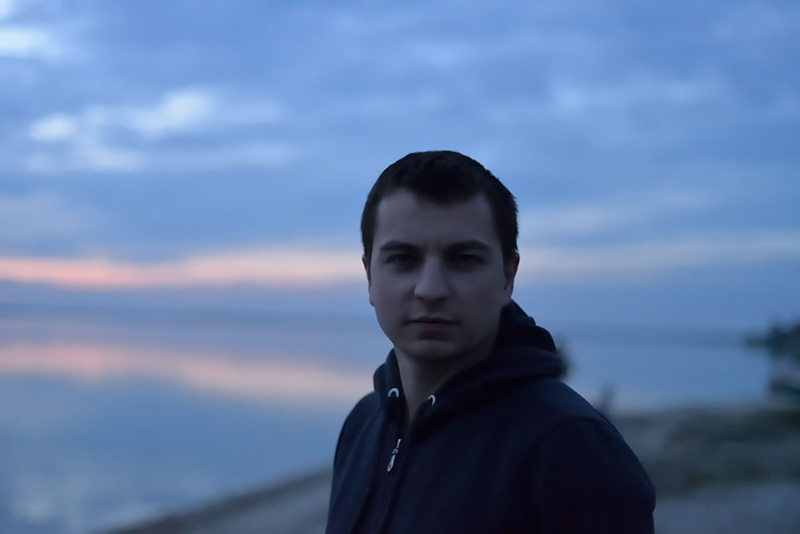Oleksandr Rupeta is a documentary photographer from Ukraine working worldwide. He is a member of the Independent Media Trade Union Of Ukraine and the International Federation of Journalists from 2016 and a member of the Ukrainian Association of Professional Photographers and Federation of European Photographers from 2018.
As a news and reportage photographer, Oleksandr carries out short and long-term projects about political, cultural, and social life in Europe, Africa, the Middle East, and Asia. His works highlight Ukrainian-Russian conflict, Afghan Red Crescent Society, the life of Iranian Jews community, Sufi Community in Northern Cyprus, people with disabilities in Southern African countries, ethnic minorities in Azerbaijan, LGBT community in the Balkans, elephant conservation in Laos, robotics in Japan, etc.
The photos appeared in The New York Times, The Financial Times, The Times, The Guardian, The Economist, Time, Nature, Forbes, National Geographic Traveler and others.
His news photos were chosen numerous times as a photo of the day, a photo of the month and a photo of the year in agencies such as NurPhoto, Zuma Press and GettyImages reportage.
About Someone in your corner
From the middle of the XX century, the tendency of keeping animals as pets has been increased in their number and variety. There are many reasons for this phenomenon. First of all, the technological development improved the overall standard of living. Human attitudes towards animals are becoming of increasing importance and less pragmatic. When a man moves away from nature he begins to use animals as compensation for the lost connection. As a result, animals are engaged in social relations with a human. As family members, pets are changing not only their behavior but also the behavior of the owners. They build complex interdependent relationships.
In Ukraine, like the entire post-Soviet space, this tendency has become widespread with gaining independence. Open borders facilitated the transportation of exotic animals and their purchase became quite easy. Keeping unusual animals ceased to be the prerogative of a privileged few. Instead of this came out a problem of the pet owners' ignorance who may have a lack of knowledge of proper exotic pet care.
The idea for the project was to explore the mutuality and relationship of the human-animal bond in the modern world, to see and pay attention to the conditions of their interaction and coexistence.
The project was created in the summer-fall 2019, throughout Ukraine. The primary eligibility criteria for choosing characters was the exclusion of all occasional owners, zoos, circuses and using animals in entertainment spectacles. But everything turned out to be more complicated than expected. Odd owners often saved their pets from death and mostly they showed true love to the pets.
Other characters were chosen from people with a passion for animals. In addition to owning exotic animals as house pets, these people frequently try to link their lives with animals. Some of them organize private or home zoos, some work in pet shops, others try to find work at animal shelters or wildlife sanctuary.
The project turned out wider than I planned but each shot in the series elucidates the special human-animal connection.
